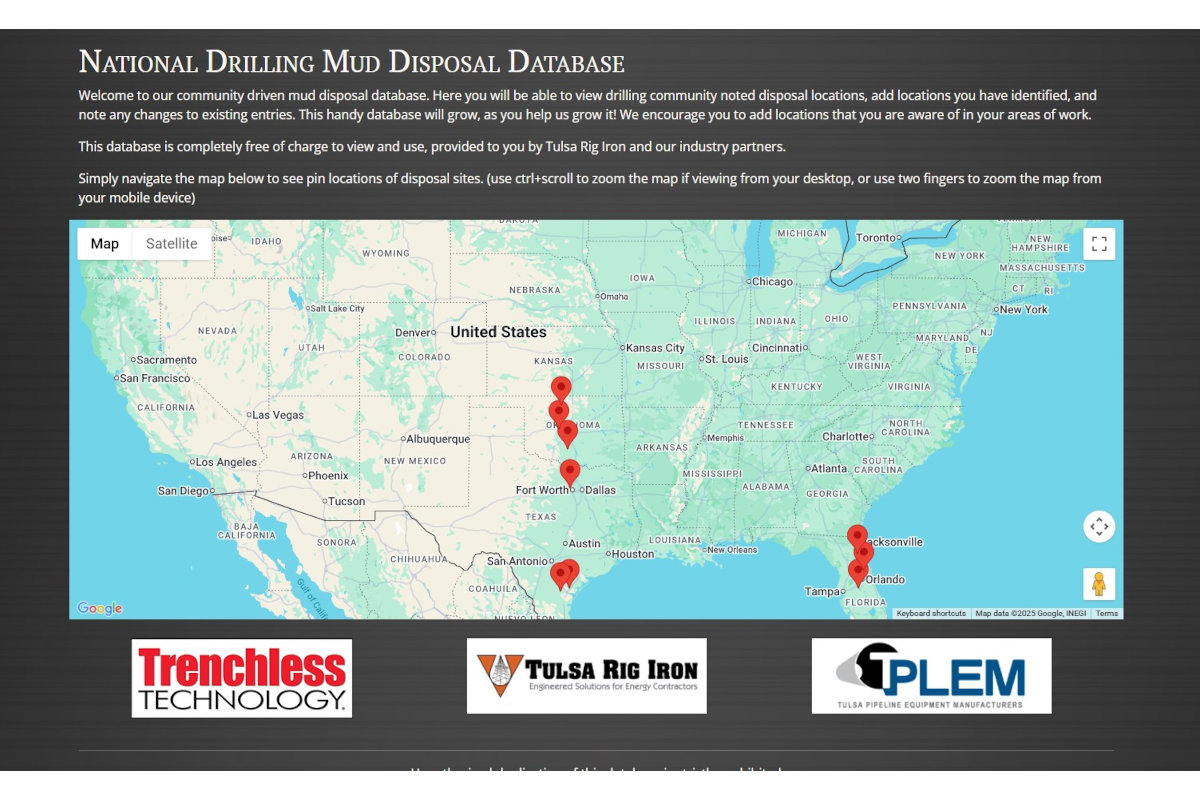Drillmaster Report: Maintaining the Life of an HDD Mud Pump
February 14, 2012
Pump systems play an integral role in the success of any horizontal directional drilling (HDD) project. Charged with circulating drilling fluid — most commonly referred to as mud — throughout the bore path, the mud pump and fluid have several important functions; most notably to facilitate the removal of spoil while helping maintain the integrity of the bore. There is a science to determining the amount and composition of mud needed for effectively maintaining the bore path, a formula that will vary depending on bore diameter, soil conditions and process. All pump systems are composed of the same basic components; a power source, pistons, suction and discharge valves and liners.Most HDD contractors are acutely aware of the importance of maintaining their drills and the role of the pump in completing a bore successfully, yet they may be remiss in keeping the mud pump in tip-top condition. This column is intended to help HDD contractors better maintain their drilling fluid pump systems, identify potential issues most commonly overlooked, and offer tips for periodic maintenance that will keep pumps operating efficiently and effectively.
Key Components and Wear Parts
Typically, it is up to the drill operator to keep an eye on the pump. On big pipeline operations, it is common to have a mud engineer onsite to handle the pump and drilling fluid. It’s important that HDD operators keep a steady eye on the mud pump and inspect all components for wear. Everything except the crank is considered a wear part and needs to be replaced on a consistent basis. The most obvious indication that it’s time to replace wear parts is a drop in the efficiency of the pump. Likely, the first and most frequent wear points originate with suction and discharge valves. After valves have experienced significant wear, reductions in water flow to and from the bore path will occur. Another primary indication will be fluid leaks near the pistons.
Variables that Affect Wear
Part wear depends on multiple conditions, such as the job, soil conditions and the fluid mix. The fluid mix has the most impact on the pump. Most of the time, it is the contractor or project owner that determines the fluid composition. Depending on the jobsite location, the EPA may specify the mix. The quality of bentonite is very important. Using poor quality bentonite affects the efficiency of the pump and also can cause wear, leading to replacing parts sooner.
Another variable that HDD contractors often find surprising is water quality. Given that water can vary depending on its source, operators should examine the water source for HDD projects. Water extracted from a creek or river, for example, is likely to contain particles of mud, sand or clay. While often not visible, these components cause additional wear on pump parts by creating additional resistance and friction. In other cases, depending on the location of the stream, water from streams or creeks may actually be cleaner than the nearby fire hydrant. Other factors that contribute to wear are the particle size of the cuttings and speed of the pump.
Common Issues and Maintenance Tips
As mentioned above, poor quality bentonite is a common problem that causes pump inefficiency, but it’s not the sole culprit. Approximately 70 percent of the mistakes in the field are from poor quality mud; however, lack of general maintenance will cause poor performance. Here are general maintenance items for the mud pump during a drilling operation.
It’s very important to check the crankcase oil daily and keep it clean. Your piston wash should be looked at every three to four hours. By nature, pistons will leave a small amount of residue behind in each cylinder but if dirty water stays in the wash for any length of time, scaring of pistons and subsequent leaks are likely to occur. A good rule is to check the piston wash in the morning and change it if a fair amount of residue is present; then re-inspect midday and replace again with clean water if necessary.
These inspection and maintenance tips are universal for any HDD and mud pump, regardless of manufacturer, capacity or size. Diligence on the job and using high-quality drilling fluid will ensure that you get the most out of your drill’s mud pump.
Tod Michael and Jamie Malek are trenchless specialists with Vermeer Corp. Ronald Lowe is a product specialist with Pentair, Industrial Pump Division. Michael and Lowe are both members of the Drillmaster Advisory Board. All reports are review by the Drillmaster Advisory Board: Lowe; Michael; Richard Levings, Ditch Witch; Frank Canon, Baroid Industrial Drilling Products; and Trevor Young, Tulsa Rig Iron.





Comments are closed here.